India Improves Coastal Security With High – Speed Interceptor Vessels
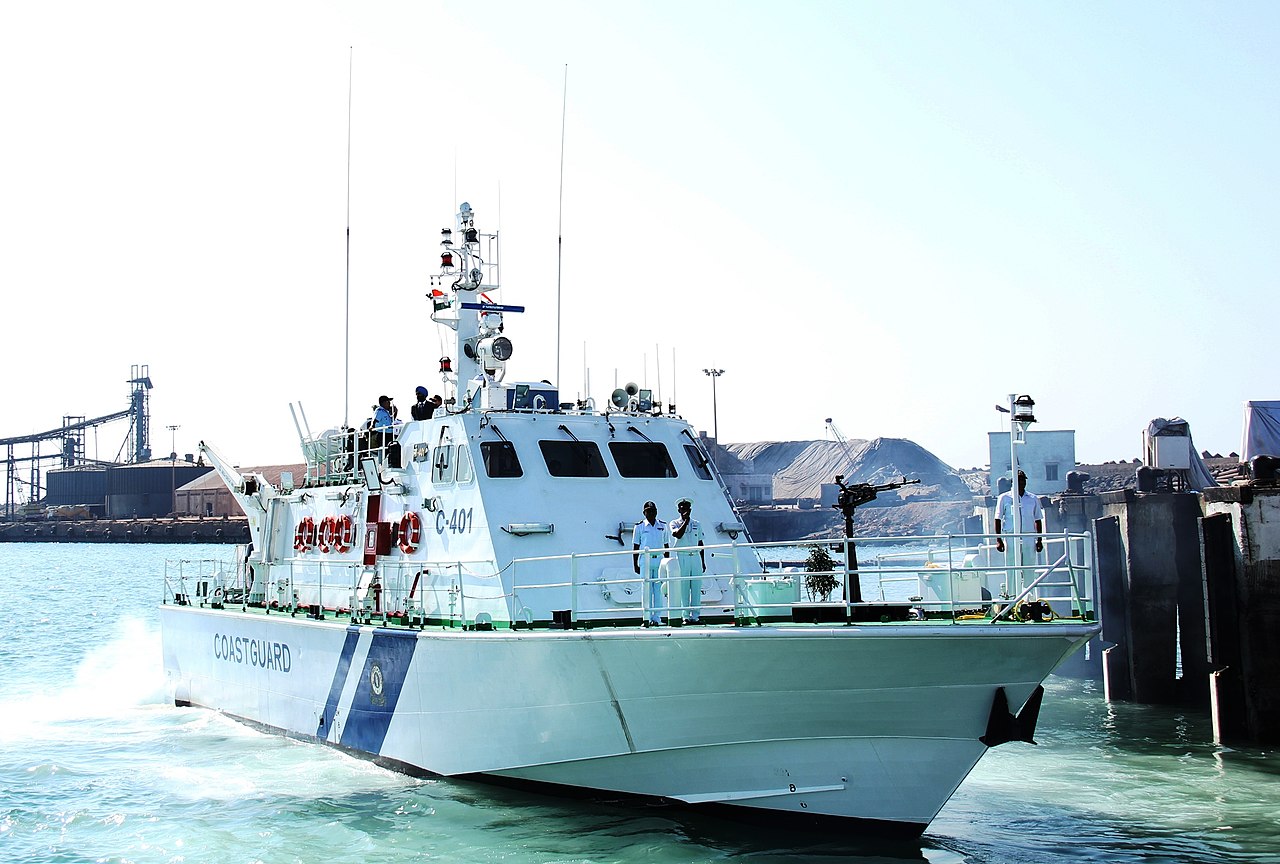
- The Indian Navy will add two new fast interceptor boats to its fleet in the Bengal area. This will bring the number of ships in its fleet at Kolkata to eight.
- The Indian Coast Guard was recently given high-speed interceptor boats made by the L&T Shipyard.
By 2030, the Indian Navy is expected to have 120 Fast Interceptor Craft (FIC-1) at its disposal. This will allow it to do more patrols along the coasts of important cities like Mumbai and Chennai. During the 26/11 attacks in 2008, terrorists went after both of these when they came into the country by sea. India has about 7500 miles of coastline, and to protect it from danger, the Indian Navy has sent out different types of ships, such as Offshore Patrol Vessels and Fast Interceptor Vessels.
Reports say that on December 27, 2022, the Indian Coast Guard (ICG) and the Gujarat Anti-Terror Squad (ATS) worked together to catch the Pakistani boat Al Soheli, which had 10 people on board. On the boat, there were weapons, bullets, and about Rs 300 crores worth of drugs that weighed 40 kilogrammes.
Fast Interceptor Craft
The Fast Interceptor Craft line was made to meet the strict needs of the military and coast guard. They come in a number of different styles, and thorough customization makes sure that each operator’s needs are met.
The Ministry of Defense has started the process of getting the Indian Navy 120 Fast Interceptor Crafts. Most of these ships are fast interceptors that are designed to patrol and save people. The FICs would be built in stages from 2026 to 2030, which is a span of four years.
The FICs will be able to do water-front patrols of coastal areas, including places like command centres, naval bases, naval dockyards, breakwaters, naval jetties, and other similar places.
Escorting High-Value Units while they enter or leave the harbour would be “inherent” to this ability. The FICs will protect the strategic assets near naval bases. They will do this with the help of Force Protection vessels and other boats. FICs will also stop high-speed boats and do anti-terrorist patrols at sea to protect coastal installations, naval harbours, and their own coasts, according to an official message.
FICs can work in water that is only a few feet deep and in conditions that are very hot and humid. Also, FICs will spend at least one day at sea on their own, keeping an eye on a group of islands while doing surveillance. The notification says that the FICs will also help with medical care and act as water ambulances to get injured people who need immediate medical care to safety.
Between 2026 and 2030, thirty ship proposals will be made per year for the FIC-1.
The FICs will protect high-value units like aircraft carriers, tankers, cruisers, destroyers, frigates, and submarines as they enter or leave the harbour. In places near the coast, they will also do patrols along the water’s edge.
Four Fast Interception Crafts have recently made their way to Kochi.
There are a lot of weapons on these FICs, like heavy machine guns, grenade launchers, and more. The upper decks’ canopies have been made stronger to stop bullets. The multipurpose ships also have advanced navigational and communication tools, like an AIS (Automatic Identification System) and an LRAD (Long Range Acoustic Device), that are meant to stop piracy. The boats follow the rules that everyone who works on the water has to follow.
The Indian Navy will add two new fast interceptor boats to its fleet in the Bengal area. This will bring the number of ships in its fleet at Kolkata to eight.
Indian Fast Interceptor Craft manufacturers
In India, FICs are made by L&T and Goa Shipyard (GSL). The Indian Coast Guard was recently given high-speed interceptor boats made by the L&T Shipyard. The company says that the Interceptor Boat is a “planning vessel” that can go faster than 40 Knots. It has a lightweight aluminum-alloy hull and is powered by two water-jet propulsion systems that allow it to move quickly, which is what coastal surveillance needs. It is expected that these ships will make India’s coasts a lot safer.
GSL has made an aluminium interceptor vessel that is 29 metres long. The ship moves faster than 45 Knots with the help of two engines and a Waterjet propulsion system. This ship is made to do both interdiction and normal patrol work in shallow water. The expected roles include coastal surveillance, search and rescue, protection of fisheries, and high-speed interception of small, manoeuvrable intruder vessels, as well as anti-terrorist operations and Special Forces operations.
It can operate in shallow water and is very manoeuvrable and able to stay alive. It can also speed up and slow down quickly, stay stable at high speeds, and keep the seas at bay very well. It has a topside deck that is made to carry the most cargo and/or weapons. It is made to carry cutting-edge electro-optical detection and surveillance systems and to handle the dynamic recoil loads of 20-30mm cannon.



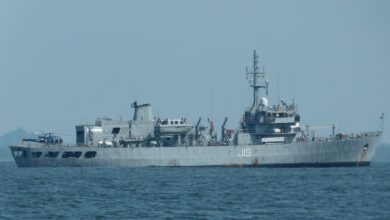
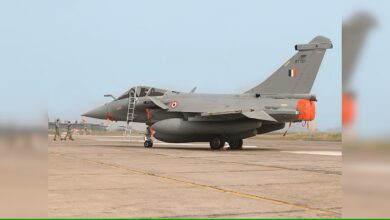
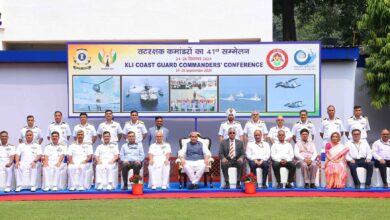
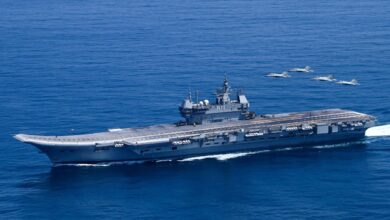
Facebook Comments